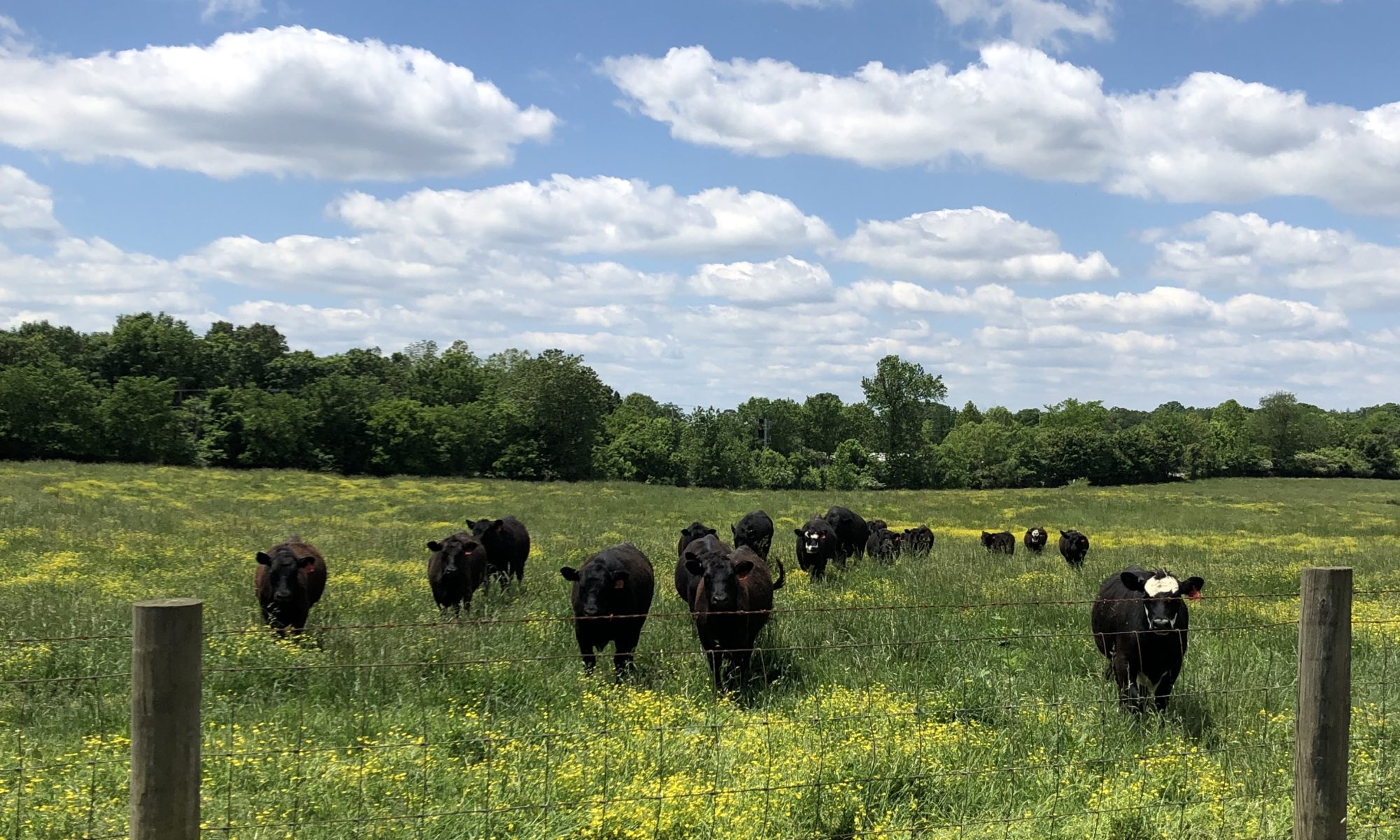

Dr. Gary Bates
Department Head and Professor, Plant Sciences
Director, UT Beef & Forage Center
P: 865-974-7324
Later this afternoon I will be heading down to Chattanooga to watch my son’s high school baseball team compete in the state playoffs. The path for him to get there has not been easy, however. His season was a series of highs and lows. For the last couple of weeks of the season he couldn’t buy a hit. He was making contact; he was just hitting it right at people. His batting average was the lowest he has ever had.
Then came the district tournament. His play was outstanding. He batted .400 with a couple of doubles and two walks. He played incredible defense, catching everything hit to him in the field. Ultimately, he pitched the deciding game and got the win to send the team to the playoffs. His view of his season completely changed with those last three games, all because he didn’t give up and trusted that all his hard work would eventually pay off.
Your forage operation is much like baseball season. It is a series of highs and lows. Sometimes things work perfectly, and you have success, and maybe sometimes things don’t go so well and there might be failure. The key is to keep pushing forward toward your goal.
Sometimes the problem is that we don’t set goals to keep in mind as we push through each season. Is your goal to extend your grazing season and feed as little hay as possible? Then put in practice that will help you accomplish that. Some years might be better than others, but you won’t ever accomplish it if you don’t start out with that goal in mind.
Maybe your goal is to keep a good stand of grass to prevent having to reseed every couple of years. You should start rotational grazing which will allow your plants a chance to rest and regrow instead of being overgrazed, particularly during the summer. Start dividing pastures so you can rotate cattle to a new field once the current pasture is grazed down.
It could be that you want to change your hay feeding program because you are tired of dealing with so much mud during the winter. Developing a heavy use area to feed hay can help you solve a lot of that problem. It will take some work, but there are ways to solve this.
What if you have been thinking about saving some of your calves and raising beef on the farm to sell. You will need to change some aspects of your forage program to provide high quality forage so these animals will gain weight. Using high quality forages like annual grasses, clovers, and maybe alfalfa can help you accomplish this.
Your goals for your operation might be slightly different than those of your neighbors, or maybe anyone you know. That’s ok. Just think through what you want to accomplish and work toward it. It may not happen overnight, and you might have a couple of setbacks. But push forward and eventually you will see gains.
That’s enough about forages. Now it’s time for me to head to Chattanooga and cheer for the Lions!